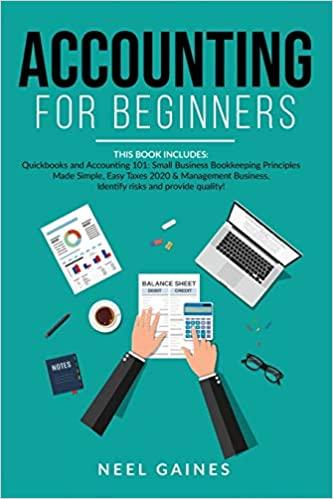Question
Question 2 ABC Ltd. has a single manufacturing process of which the following overhead cost estimates are available for the period ending 31 December 20X2:
Question 2
ABC Ltd. has a single manufacturing process of which the following overhead cost estimates are available for the period ending 31 December 20X2:
|
| R |
| Raw materials receiving and inspection cost | 18 720 |
| Electricity | 23 400 |
| Materials handling cost | 16 380 |
| Total | 58 500 |
Three products, namely A, B and C, are manufactured by labourers. The raw material arrives in bundles and is then processed further using electrical drills, which are operated by hand. The labourers are paid a wage of R50 per hour. The following estimates are applicable for the period ending 31 December 20X2:
|
| Product A | Product B | Product C |
| Units manufactured | 2 200 | 1 650 | 880 |
| Raw material received (total bundles) | 11,00 | 6,00 | 18,00 |
| Data per manufactured unit: |
|
|
|
| Direct material (m2) | 4,00 | 6,00 | 3,00 |
| Direct material (R) | 6,50 | 3,90 | 7,80 |
| Direct labour (minutes of drilling) | 24,00 | 40,00 | 60,00 |
| Number of electric drilling jobs | 7,00 | 4,00 | 3,00 |
Overheads are currently allocated to products by means of a rate based on labour hours. An activity-based investigation identified the following cost drivers:
| Activity cost pool | Cost drivers |
| Material receiving and inspection | Number of material bundles |
| Electricity | Number of drilling jobs |
| Material handling | m2 handled |
Round off all your figures to two decimal places.
2.1
Prepare a summary for the budgeted product cost per unit for each product (A, B and C) for the period ending 31 December 20X2, where the unit cost for each of the cost elements is set out:
In terms of the current method of overhead allocation
(8 marks)
2.2
Prepare a summary for the budgeted product cost per unit for each product (A, B and C) for the period ending 31 December 20X2, where the unit cost for each of the cost elements is set out by using the identified cost drivers and on the basis of ABC principles
(12 marks)
Guidelines
Q2.1 The direct material cost per unit was already provided. Guidelines for those who had difficulty with the calculations of the total product cost per unit: Direct material cost per unit: was given (R) Direct labour cost per unit: Convert minutes to hours and multiply by the labour rate per hour Overheads per unit: Calculate the rate per hour by dividing the total overheads cost by the total number of labour hours. Then multiply by the number of labour hours per unit (remember to convert minutes to hours). Now add the three unit costs.
Q2.2 The following guidelines may help: First calculate the cost per bundle for materials receiving and inspection, cost per drill job for electricity and cost per m2 for material handling. Remember to use the total number of bundles, drilling jobs and square metres. Then calculate the overhead costs per unit for each product by using the above costs and required quantities. Lastly add the overhead costs per unit to the direct materials cost per unit and direct labour cost per unit (to obtain the total product cost per unit).
Step by Step Solution
There are 3 Steps involved in it
Step: 1

Get Instant Access to Expert-Tailored Solutions
See step-by-step solutions with expert insights and AI powered tools for academic success
Step: 2

Step: 3

Ace Your Homework with AI
Get the answers you need in no time with our AI-driven, step-by-step assistance
Get Started


